#1
#2
Filip Ghinea | Photography Chronicles
Freelance Photographer

#1
#2

It’s been quite some time since I last bought a new camera body I think, let along a completely new system. I have been enjoying the Minolta x-570 so much,

alongside all the box cameras I found here and there, that I felt the need – or probably just the lust – to lean over an even higher IQ system. This led me to, as usual, hours of research, comparisons, pondering and other ramblings, going back and forth between formats and basically two different cameras. And to be perfectly honest with you, I love spending hours and hours on the Internet trying to figure out what I should do and why. So that’s exactly what I did. You’ll find a Pros & Cons list at the end of this post in case you don’t feel like reading the whole thing, it’s a work in progress, I will update my thoughts on this subject as my experience with it grows.

The first step was deciding on the format to jump towards. These are 6×4.5, 6×6 and 6×7. I did not even look at anything above 6×7 as I felt it was the maximum film size I wanted to use based on how I work and how I see my photography.
I pretty much immediately ditched the 645 format as I have told myself 645 was a format achievable by cropping both from 6×6 and 6×7. I always choose to shoot wider and crop if needed, even though I am a minimalist when it comes to cropping things out. I was thus left with 6×6 and 6×7. I already shot in 6×6 with my box cameras and am quite fond of the square format (not only because of Instagram), but even though square meant no fuss about orientation, well, I wasn’t sure.
I then went through the usual steps: took a look at what I shoot no matter where the shot ended (prints, blog, Instagram), investigated the different brands proposing analog 6×6 and 6×7 formats, took a look at the price ranges, read all the reviews I could put my eyes on, went on Flickr and any other websites proposing samples, and eventually settled on two cameras: the Mamiya RZ67 and the Zenza Bronica GS-1.
I admit, I got sucked in a little by the Hasselblad 501cm too. But as I was looking for my first MF system and still wasn’t sure about how much I would like it, I didn’t feel like budgeting for months in order to get it. So, passed and we’ll see what the future holds.
Once these two were selected, same steps all over again, but this time looking

for specifics: size & weight, ergonomics and anything related to user-friendliness, lens line-up based on what I shoot, accessories options, user reviews, different lenses samples, equipment availability, CLA (clean, lubricate, adjust) availability around where I live (never underestimate this step), recurrent issues for both systems, recurrent positive and negative points for both systems, price range again, and something more personal, the way people talk about their cameras when their decision is challenged. Why did you choose this camera/lens when mine was clearly better? How was the “assaulted” responding to the “assaillant” on that particular question? You get my point. I remember doing the same thing a few months back, when I first started thinking about jumping to Medium Format, and completely forgot about the whole thing until I actually knew I was ready and did it all over again. Then I realized that it wasn’t the first time I ended up with the two same contenders, I just knew I needed to choose one.
I’m always looking for things like that because some systems might actually have some flaws that cannot be overcome unless you are really stubborn and decide that no matter what the issue might be, you’ll use this camera and nothing else.
Best examples of such “fights” regarding the RZ67 and the GS-1 were focused on size/weight and ergonomics comparisons.
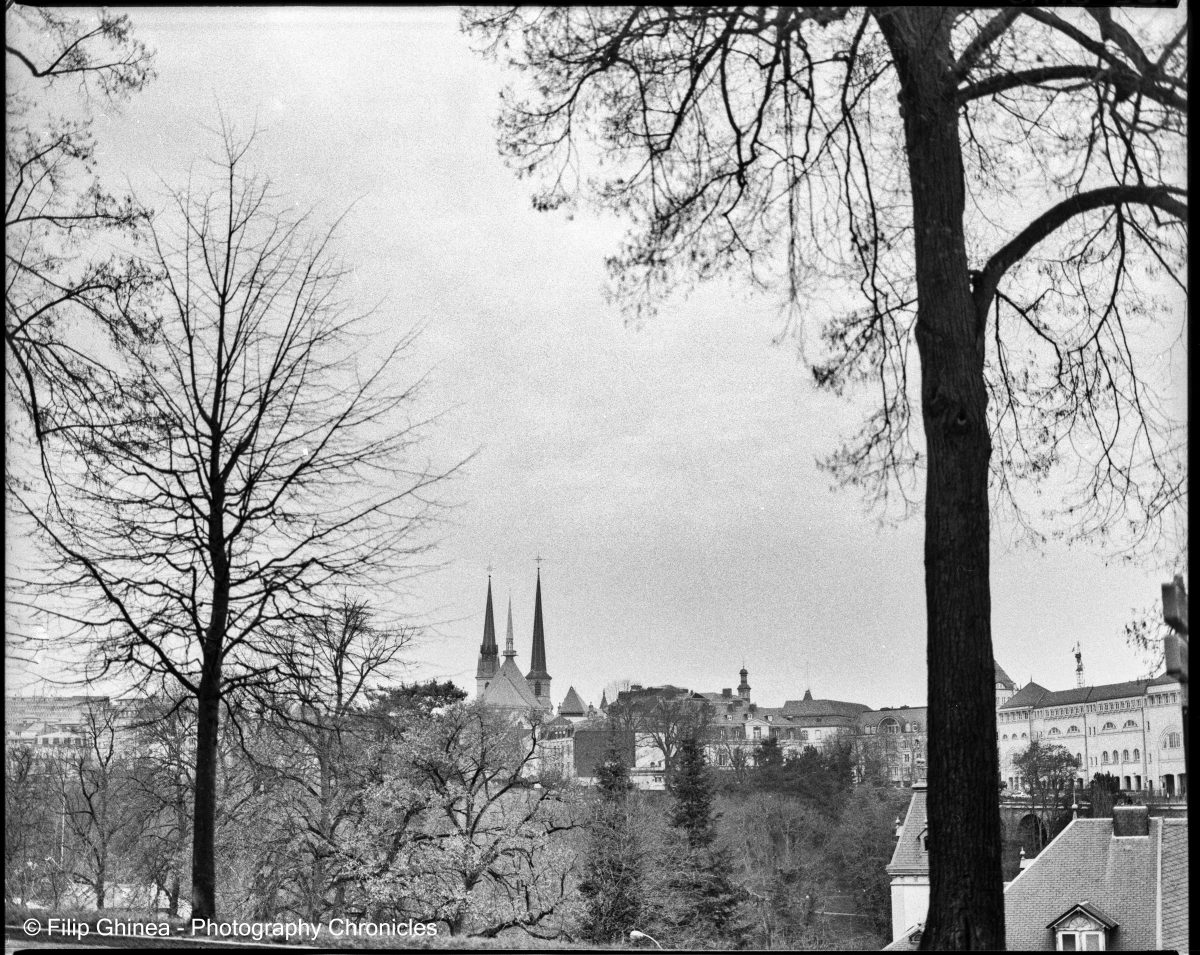
I love walking around with my camera. I don’t shoot that much studio work, it’s just not the way I want to practice and everyone feels more comfortable sitting outside, drinking coffee, or walking around, enjoying a warm sunny day. I don’t mind carrying around a lot of equipment, airlines hate me for that, my back does too sometimes. But I also love carrying the less gear possible sometimes, one body, one lens, that’s it. And honestly, how much the whole damn thing weights doesn’t matter to me as long as I come back with something that makes me happy, makes me say in the end “there, I told you, look at this”.
The RZ67 is the bigger beast of the two. Clearly. There’s no doubt about it no matter how you look at both systems. Was it something that would make choose one camera over the other? Not so sure. So what now?
The RZ67 has a revolving back system for its 6×7 backs, meaning that when you are in the field, you don’t have to twist and turn to go from landscape 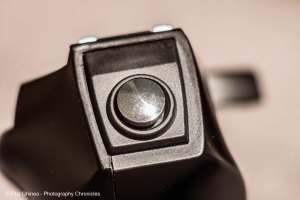 to portrait and vice-versa, you just turn the back around. That’s definitely something of interest to me since I mainly shoot outside and whenever I’m not, I shoot portraits. So what was the Bronica’s answer to that? A speed grip. Alright. I already use one on the Minolta, I have grips on all my digital bodies, how is this one? Is it actually helpful or is it one of those grips that makes you want to throw that damn body in the gutter and walk away?
to portrait and vice-versa, you just turn the back around. That’s definitely something of interest to me since I mainly shoot outside and whenever I’m not, I shoot portraits. So what was the Bronica’s answer to that? A speed grip. Alright. I already use one on the Minolta, I have grips on all my digital bodies, how is this one? Is it actually helpful or is it one of those grips that makes you want to throw that damn body in the gutter and walk away?
Well, to my surprise, all Bronica users, without exception, were very happy with the ergonomics this grip. Moving from landscape to portrait orientation is easy and “uneventful”, and the grip also has a hot shoe, just in case – for flash photography of course, but also for light metering if needed (I have a small Sekonic L-208 that looks rather good on older cameras for instance). The revolving back was a nice feat too, I must say.
What was I left with? Old glass is still what it is, old. I use legacy lenses on my digital bodies, all the ones I eventually ended up buying were amongst the best ones in their class. Both Mamiya and Bronica offer amazingly sharp glass, at least when you know how to use it and are careful enough when shooting. The best glass in the worst hands will never give you anything else than crap. The main difference in lenses was the focusing process. Bellows for the RZ67, helical for the GS-1. I feel bellows are more for static work, i.e. studio work. Helical focusing is more versatile.
all the ones I eventually ended up buying were amongst the best ones in their class. Both Mamiya and Bronica offer amazingly sharp glass, at least when you know how to use it and are careful enough when shooting. The best glass in the worst hands will never give you anything else than crap. The main difference in lenses was the focusing process. Bellows for the RZ67, helical for the GS-1. I feel bellows are more for static work, i.e. studio work. Helical focusing is more versatile.
You see where I’m getting at. The post’s subject  is probably a good hint. I just kinda knew that despite the lack of publicity the brand suffered from back in the days (meaning way less caneras around and less Internet reviews) my choice was made. I always try to see if some specific feature is a good addition to my workflow or if it will be only something I pay for without actually really wanting or needing it, like the revolving back.. would it be nice to have it? Yes. Would I be less capable of switching from one orientation to another? Only with a body and wind crank, probably. So? Taking into consideration all my research, everything I read, everything I looked at, everything I explained in the few above lines, I went for the GS-1.
is probably a good hint. I just kinda knew that despite the lack of publicity the brand suffered from back in the days (meaning way less caneras around and less Internet reviews) my choice was made. I always try to see if some specific feature is a good addition to my workflow or if it will be only something I pay for without actually really wanting or needing it, like the revolving back.. would it be nice to have it? Yes. Would I be less capable of switching from one orientation to another? Only with a body and wind crank, probably. So? Taking into consideration all my research, everything I read, everything I looked at, everything I explained in the few above lines, I went for the GS-1.
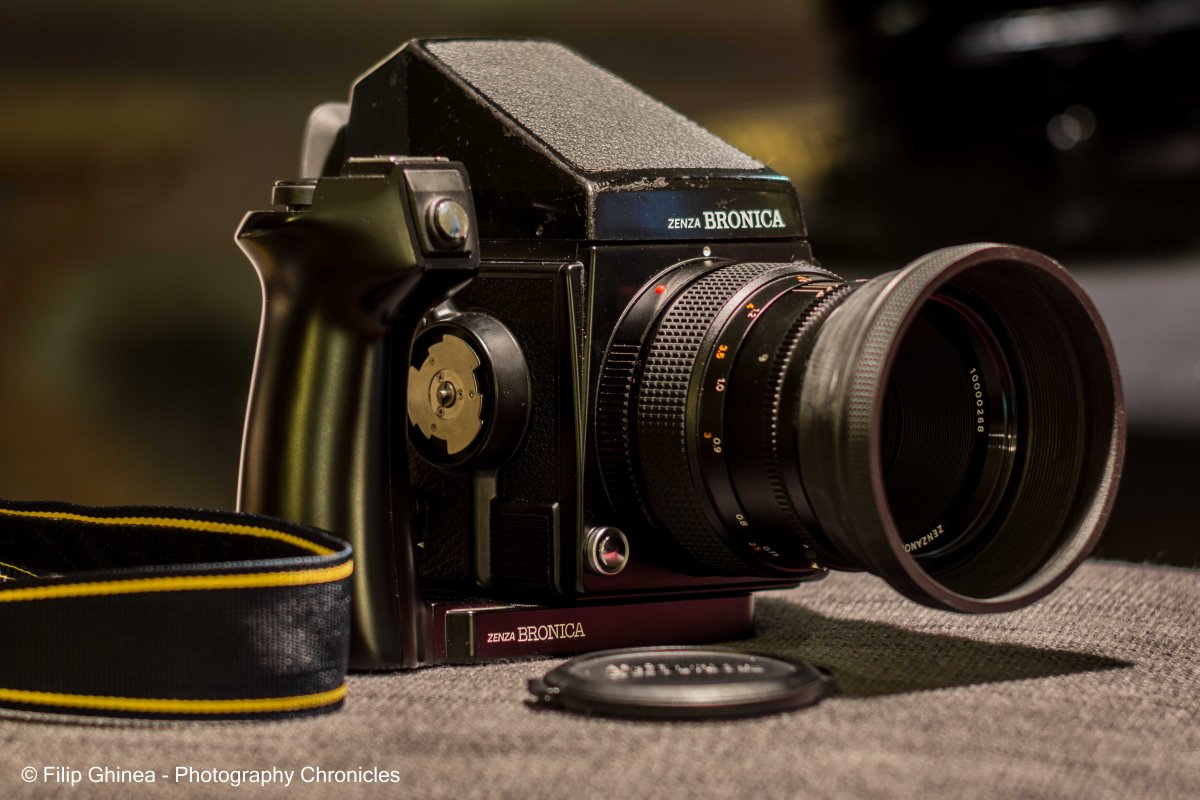
The body came with a normal and an AE viewfinder, a speed grip, a cable release, a 6×7 back, several covers/caps (prism, body, etc.) and a PG 100mm f/3.5 lens.
I have already been through a few couple of rolls, stunned by the results. I am not looking back at the decision I made and, on the contrary, am looking forward to expand my lineup. Next up, the PG 50mm f/4.5.

What I like most about the GS-1 is its inherent versatility. I have used it both in and outside without worrying about its weight or ergonomics, the grip is indeed quite a treat but I think I would also use it without it once I get myself a waist level finder.
The Mirror Lock-UP (MLU)  option this camera offers is also quite a nice treat. I have found it extremely easy to use (compose your shot, pull the MLU lever up, click, pull the MLU lever down, forward your film) and the results are great.
option this camera offers is also quite a nice treat. I have found it extremely easy to use (compose your shot, pull the MLU lever up, click, pull the MLU lever down, forward your film) and the results are great.
The finder is bright and huge, focusing is easy and precise, I have not wasted a single shot so far. All right, one, I forgot the MLU lever up… live and learn. Even that shot was actually good enough to be looked at. Maybe not a keeper, but still.
Shutter speed goes from Bulb all the way to 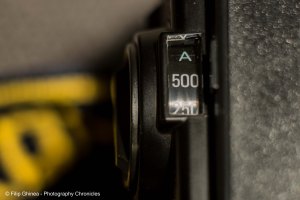 1/500sec, with an interesting A mode (available only with the AE finder), offering a center-weighted metering option
1/500sec, with an interesting A mode (available only with the AE finder), offering a center-weighted metering option
Scanning 6×7 is an experience in itself. My Canon Canoscan 9000f Mark II alongside Vuescan are giving great results, and the final touch with Lightroom and Nik gives me exactly what I was looking for, especially with a Dynamic Range so overwhelming. I can grasp details everywhere I look, even all the way in the back, you know, where pretty much everything gets lost.

I am so very pleased with the Zenza Bronica GS-1, it’s hard not to be honestly, that I already feel like it’s always been here. Intuitively, I started shooting with it and got great results. Depending on the type of film I use I end up paying around 7 to 9 Euro + 4 Euro for developing, which is quite reasonable given the end product.

I will also write a post on my scanning and PP analog workflow, I know I was eager to learn more and I’m probably not the only one. Mine might not be perfect, I am still learning after all, but if you like the scans I posted today, then you might like the workflow too.
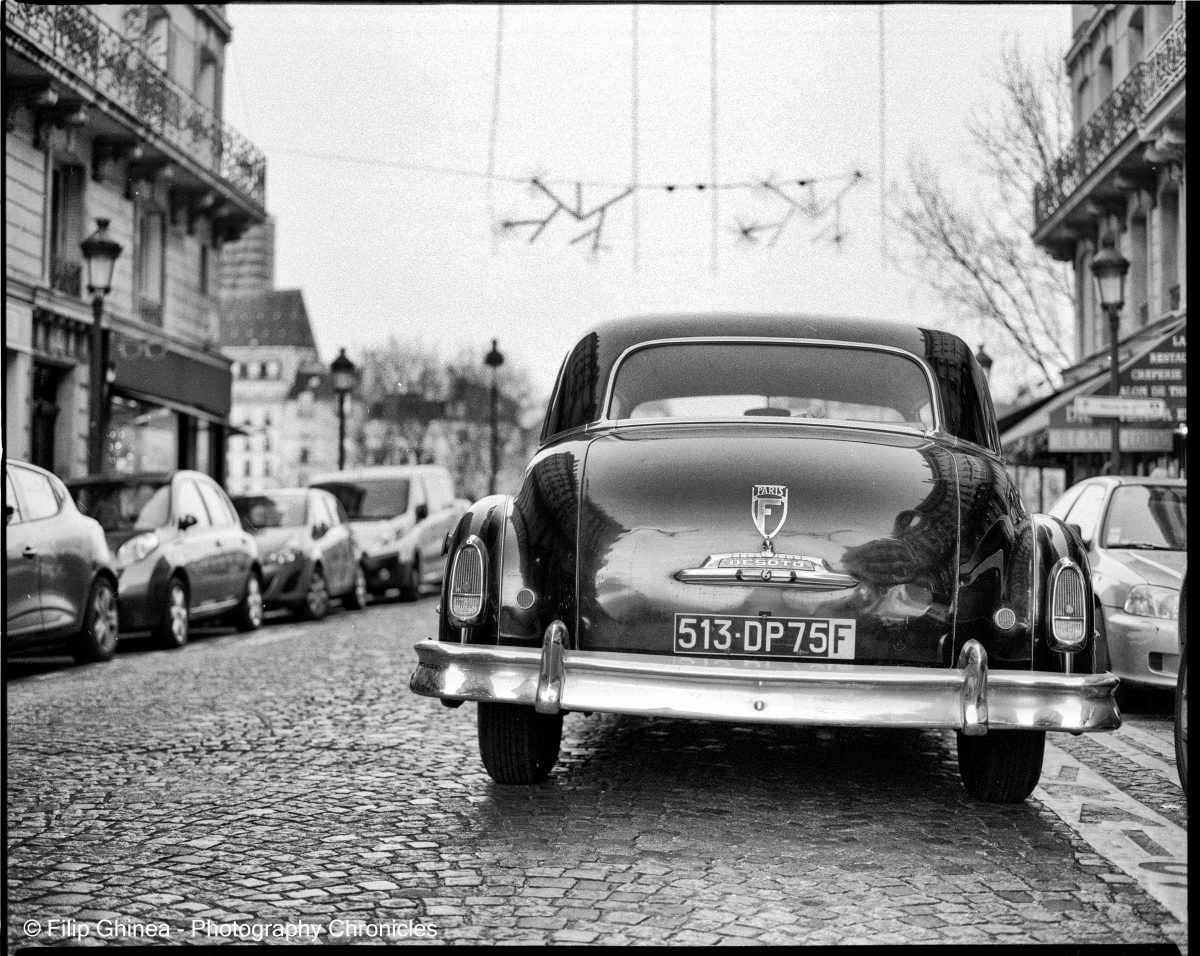
I love the GS-1 so far, I am not having second thoughts at all, on the contrary. The results speak for themselves, and damn, I still need to understand Vuescan.
Pros:
Cons:
Let me know what you guys thing or if you have any questions!